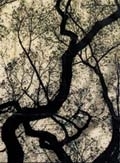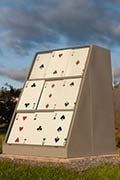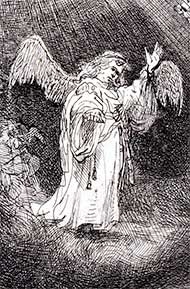Vito Acconci’s Way Station Reconstructed, Unlocked
On Friday, October 18, the Middlebury College Museum of Art will inaugurate its newest addition to the campus’s distinguished collection of public art—a reinstallation of Vito Acconci’s provocative and seminal sculpture Way Station I (Study Chamber). The sculpture is located adjacent to the pond at the Mahaney Center for the Arts on Porter Field Road. The inauguration—which will include remarks about the history of the piece and its significance within the arc of the artist’s career, followed by the formal unlocking of the structure—is free and open to the public and will occur at 2:00 p.m.









